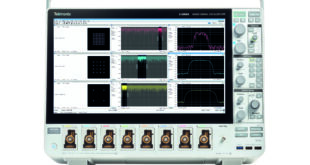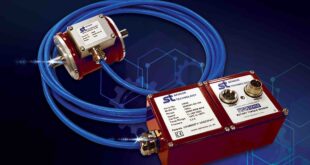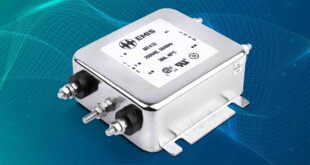Robotic-assisted surgery, once a marvel of sci-fi predictions, has come a long way since its introduction in the 1980s and now plays an instrumental role in operating theatres. The precise and refined movements made possible by robotic arms, combined with imaging technology, signify a marked improvement over conventional surgical methods. However, a predominant consideration in surgical robot manufacture is the need for motors that can deliver both dexterity and power, all while maintaining a compact size.
In recent years, surgical robotics has experienced a significant surge, reshaped surgical paradigms and offered a level of flexibility and precision that surpasses human capabilities. With the continuous diversification of surgical methods, from orthopaedics to less invasive common procedures, there is an increasing demand for varied motor solutions to suit the application.
The motor challenges
Traditional motors typically used in surgical settings often come with design limitations, especially in their size, which can lead to design compromises in robotic arms. Furthermore, they operate with wound iron cores, introducing issues like cogging torque, or the unwanted pulsating force caused by the motor’s magnets’ attraction to the iron-core windings, which can interfere with the smooth operation. In a domain like surgical robotics, where every micromovement counts, even the slightest judder can be detrimental.
Another inherent concern with traditional motors is significant heat generation during operation. Excessive heat is the result of resistive losses in the winding and core losses in the iron, posing potential risks to patient safety. Additionally, it can degrade the longevity and reliability of other integrated sensitive electronic components, all while decreasing the overall efficiency of the robotic system.
Slotless motors in the operating theatre
Brushless DC (BLDC) slotless motors are an innovative solution that offers immense power in a compact design, making them particularly suitable for surgical robotics. These motors distinguish themselves by forgoing the traditional restrictive, bulky construction of their traditional counterparts. By eliminating iron-core windings, they have a more streamlined design that conserves space, enabling a compact size and agility without sacrificing on power or precision.
Another distinct advantage of slotless BLDC is their immunity to cogging. There are no iron-core windings to attract the interior magnets, which translates to better precision, consistent force and a broader dynamic range – qualities that are indispensable for surgical procedures.
Slotless BLDC motors also have the advantage of operating more efficiently with minimal heat generation due to the absence of iron-core windings. This ensures that the surgical area remains stable, without disruptive temperature fluctuations, ensuring the patient’s safety during the procedure and minimising heat-related damage of the robot’s components.
Portescap’s Ultra EC coreless brushless DC motors, available in compact diameters of either 22mm or 30mm, represent a convergence of technological advancements in the realm of robotics surgeries. Precision-engineered for high performance, these BLDC motors handle demanding tasks at speeds up to 30,000 rpm and deliver a continuous torque of approximately 133.137nMm. Constructed with sturdy stainless steel combined with a lightweight aluminium flange, they provide essential durability for surgical applications.
The integrated Hall sensors offer vital real-time feedback, ensuring unparalleled precision where there’s no margin for error. Its patented U-Coi technology provides up to 30% more torque than similar-sized motors with conventional coils, operating cooler and more efficiently. Highlighting their adaptability for medical settings, while many motors can withstand up to 1,000 autoclave cycles, the Ultra EC range endures over 3,000 ensuring consistent sterility.
 Engineer News Network The ultimate online news and information resource for today’s engineer
Engineer News Network The ultimate online news and information resource for today’s engineer





